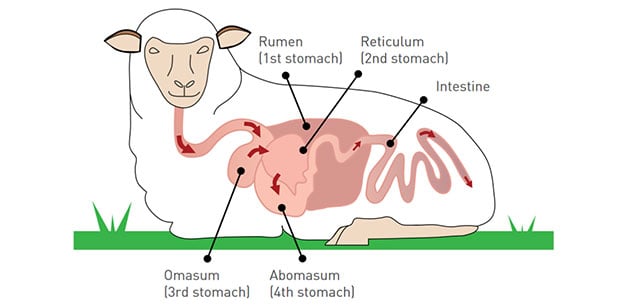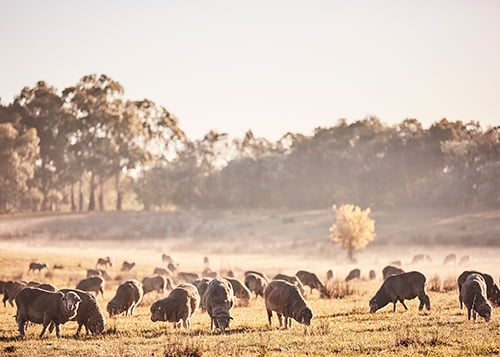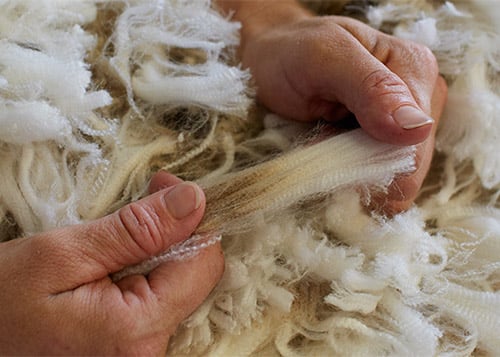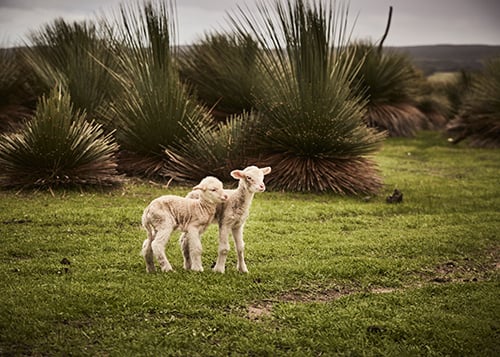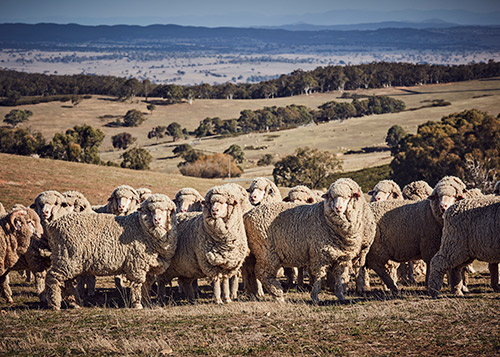Multi-cellular organisms contain systems of organs carrying out specialised functions, which enable them to survive and reproduce. Carnivores, such as dogs, and herbivores, such as sheep, have distinctly different digestive systems, which allow them to successfully break down their food and extract the nutrients they require for their wellbeing and survival.
The following lessons can be taught as stand-alone lessons or incorporated into a full unit of work on the digestive system.
By allowing students to investigate the structure and function of the ruminant digestive system, these lessons aim to help students be more consciously aware of the basic needs of the animals that rely on humans for survival, such as livestock, and the way humans support these needs while using science to consider the impacts of livestock production on the environment.
By exploring a range of resources, carrying out hands-on activities and exploring current scientific research, students will gain an understanding of and appreciation for the challenges livestock producers face in managing animals for food and fibre. Students will also learn how researchers and farmers work together to ensure livestock are managed in a sustainable way, which considers the needs of both the animals and the environment.
Students use what they have learned to develop a presentation on the impact of science on ruminant livestock production to manage methane emissions.
Cross-curriculum priority
Sustainability
Early lessons about the interdependence of animals, plants and people.
Links with the Australian Curriculum
This unit links to all three strands of the Australian Curriculum: Science — Science understanding, Science as a human endeavour and Science inquiry skills.
Science understanding | Biological sciences
Multi-cellular organisms contain systems of organs carrying out specialised functions that enable them to survive and reproduce (ACSSU150)
Science as a human endeavour | Use and influence of science
People use science understanding and skills in their occupations and these have influenced the development of practices in areas of human activity (ACSHE136)
Science inquiry skills | Questioning and predicting
Identify questions and problems that can be investigated scientifically and make predictions based on scientific knowledge (ACSIS139)
Science inquiry skills | Processing and analysing data and information
Summarise data, from students’ own investigations and secondary sources, and use scientific understanding to identify relationships and draw conclusions based on evidence (ACSIS145)
Science inquiry skills | Communicating
Communicate ideas, findings and evidence based solutions to problems using scientific language, and representations, using digital technologies as appropriate (ACSIS148).
Year 8 Achievement Standard
By the end of Year 8, students will be able to analyse the relationship between structure and function at cell, organ and body system levels. Students examine the different science knowledge used in occupations. They explain how evidence has led to an improved understanding of a scientific idea and describe situations in which scientists collaborated to generate solutions to contemporary problems. They reflect on implications of these solutions for different groups in society.
Students identify and construct questions and problems that they can investigate scientifically. They consider safety and ethics when planning investigations, including designing field or experimental methods. They identify variables to be changed, measured and controlled. Students construct representations of their data to reveal and analyse patterns and trends, and use these when justifying their conclusions. They explain how modifications to methods could improve the quality of their data and apply their own scientific knowledge and investigation findings to evaluate claims made by others. They use appropriate language and representations to communicate science ideas, methods and findings in a range of text types.
Source: Australian Curriculum, Assessment and Reporting Authority (ACARA).
